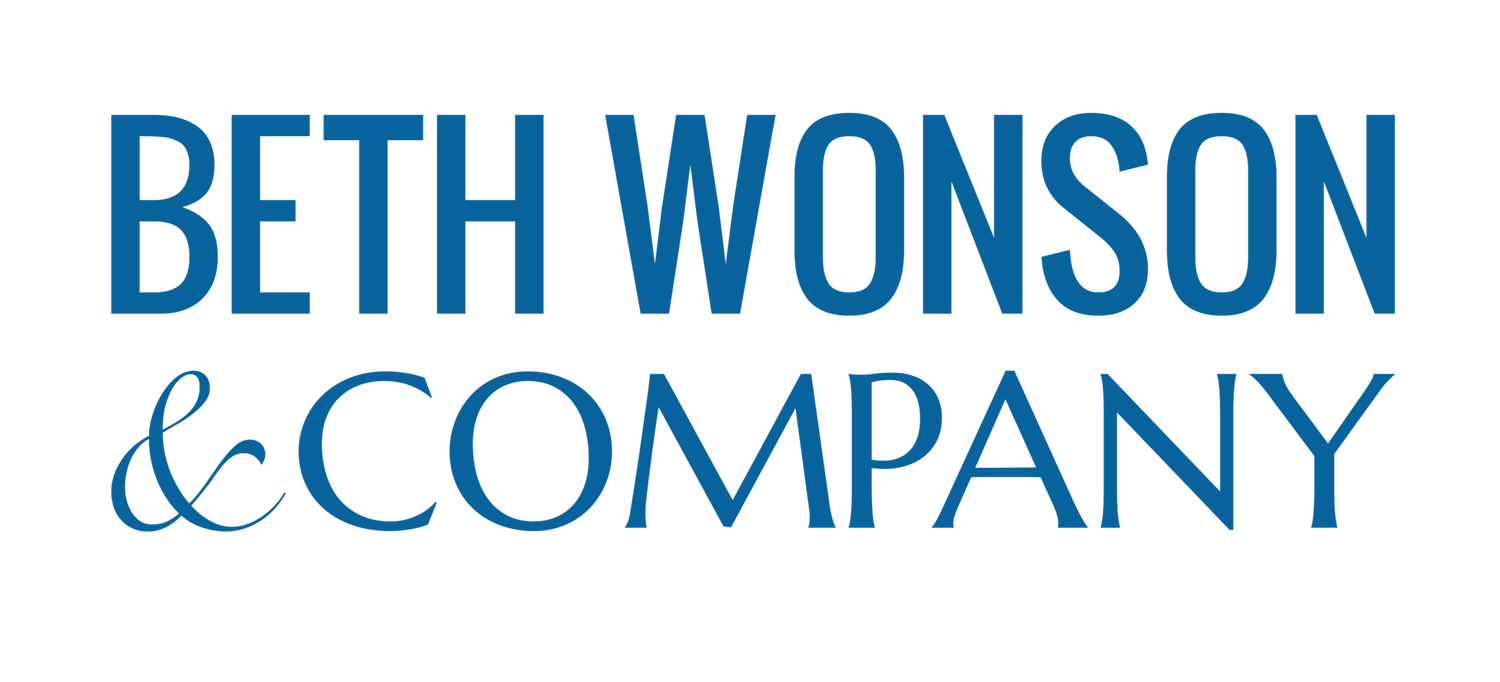Giving Feedback So It Is Heard
I recently met with a group of managers from a mid-sized organization. The purpose of our time together was for me to help them navigate through the most challenging conversations they deal with on a regular basis.
The long list that emerged was very telling. But the three topics that rose to the surface quickly were:
How to give feedback in a way that it is heard and people take action on it.
How to hold people accountable for standards of “professionalism” in the workplace.
What to do when someone makes change based on feedback for the short-term, but six months later, they are back to ground zero.
I love these topics and believe me, these managers are not alone in their struggles. I hear from so many managers struggling with the same types of conversations.
Starting today and for the next two weeks I will speak to each of these topics.
Giving Feedback So it is Heard and Actionable
Feedback is such a misused and misunderstood tool that I actually wrote a book on the topic, Mastering Feedback - Everything You Were Never Told About How to Give Feedback.
The true purpose of feedback is that it is a tool for growth and development.
Instead of critical and positive feedback, I prefer the terms growth feedback and affirmative feedback.
Growth Feedback
Your intention is to help an employee (or peer or supervisor) see that there is a gap between what they are currently doing (or how they are currently performing) and what you actually expect. Then you empower them to identify how they will fill that gap and take action to do so.
Positive Or Affirmative Feedback
This feedback is the reverse: Acknowledge when someone has closed the gap or come closer to achieving the gap.
Normalizing Feedback
In a healthy work environment, both kinds of feedback are given often. I refer to this as normalizing feedback. Feedback is no longer a special occasion that is fraught with emotion and tension. Instead it is seen as a tool to help people grow and develop in their strengths, expertise, and contributions at work.
When giving any kind of feedback, it must be fact-based, specific, and relevant.
“Good job on that presentation” is not nearly as educational or impactful as, “Good job on that presentation. The way you explained each bullet point using the data from the clients really made it easy to understand.”
This is equally true when giving growth feedback. “You are late too often” is less clear and actionable than, “You have been late 6 out of the past 10 work days. The expectation of your position is that you are on time daily. What steps do you think you can take to make that happen?”
Being specific helps to highlight the gap between what is happening now and what is necessary for success in the role.
Employee Development
This same model of identifying the gap can be used to help people prepare to move to the next level in their career.
Asking the person to share what steps they will take to close the gap serves two purposes. Based on their answer, it helps you to know that the feedback was heard and understood. And, by asking them to identify what actions they will take, you are empowering them to take ownership of making change.
What To Say When They "Don't Know"
Managers often ask me me, “What if the person says, ‘I don’t know?'”
This all too common response is often the undoing of many a manager who has no idea how to respond.
The tool in this circumstance is not an answer, but the use of curiosity.
Here's an example:
Manager: “Tell me more about what it is you don’t know”
Staff: “I don’t know how to easily find the information I need for the report.”
Manager: “Oh. Where have you tried to find it?”
Staff: “I looked in the online files but can’t access it.”
Manager: “I’d check with Roberta. She used to do that task. She can probably help”.
Your goal is to use curiosity to help the employee move from being stuck to taking some kind of action.
In my Mastering Feedback book you will find more in depth information on normalizing feedback in your work environment as well as worksheets to help you plan out and frame feedback in a way that encourages growth and accountability.
Feedback is one of the most important tools in a manager's toolbox.
The only problem is that many of us aren’t deploying the tool correctly!
Have a Question? Let’s Talk Today
You may be facing a challenge or weighing an action and aren’t sure where to start, or what a solution even looks like. Contact Beth today! It’s 100% confidential so you can freely discuss the challenges you’re facing and unlock a path forward. Or Get Started with our resources library and books.
